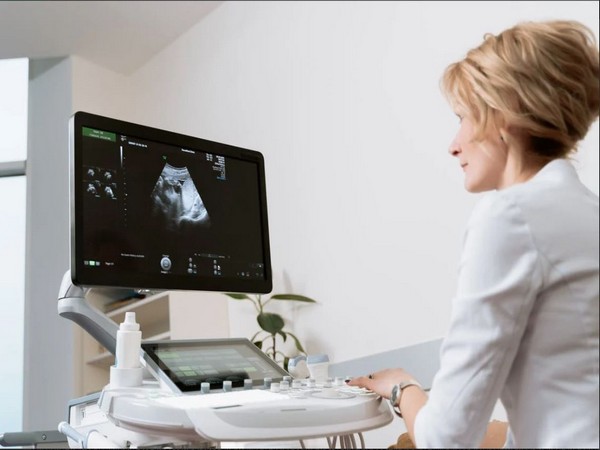Engineers develop stamp-sized device to provide ultrasound imaging of internal organs
Using live images of a patient's internal organs, ultrasound imaging gives doctors a safe, non-invasive insight into how the body functions. Trained technicians use ultrasound probes and wands to guide sound waves into the body in order to take these pictures. The heart, lungs, and other deep organs of a patient can be seen in high-definition images created by these waves reflecting back out.

- Country:
- United States
Using live images of a patient's internal organs, ultrasound imaging gives doctors a safe, non-invasive insight into how the body functions. Trained technicians use ultrasound probes and wands to guide sound waves into the body in order to take these pictures. The heart, lungs, and other deep organs of a patient can be seen in high-definition images created by these waves reflecting back out. The findings of the study were published in Science.
Currently, ultrasound imaging requires bulky and specialized equipment available only in hospitals and doctor's offices. But a new design by MIT engineers might make the technology as wearable and accessible as buying Band-Aids at the pharmacy. The engineers present the design for a new ultrasound sticker -- a stamp-sized device that sticks to skin and can provide continuous ultrasound imaging of internal organs for 48 hours.
The researchers applied the stickers to volunteers and showed the devices produced live, high-resolution images of major blood vessels and deeper organs such as the heart, lungs, and stomach. The stickers maintained a strong adhesion and captured changes in underlying organs as volunteers performed various activities, including sitting, standing, jogging, and biking. The current design requires connecting the stickers to instruments that translate the reflected sound waves into images. The researchers point out that even in their current form, the stickers could have immediate applications: For instance, the devices could be applied to patients in the hospital, similar to heart-monitoring EKG stickers, and could continuously image internal organs without requiring a technician to hold a probe in place for long periods of time.
If the devices can be made to operate wirelessly -- a goal the team is currently working toward -- the ultrasound stickers could be made into wearable imaging products that patients could take home from a doctor's office or even buy at a pharmacy. "We envision a few patches adhered to different locations on the body, and the patches would communicate with your cellphone, where AI algorithms would analyze the images on demand," says the study's senior author, Xuanhe Zhao, professor of mechanical engineering and civil and environmental engineering at MIT. "We believe we've opened a new era of wearable imaging: With a few patches on your body, you could see your internal organs." (ANI)
Also Read: Presidential polls: Voted according to my conscience, says Cong MLA Kuldeep Bishnoi
(This story has not been edited by Devdiscourse staff and is auto-generated from a syndicated feed.)
- READ MORE ON:
- Science










